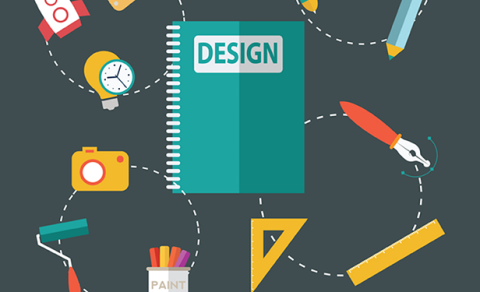Trade Show Organizers Create More Impact Using Experience Design Methodologies

Trade show organizers and meeting planners strive to create experiences for both attendees and exhibitors that will provide value and be memorable. Historically, events have been designed based on what organizers felt attendees needed but in recent years, some organizers have flipped that notion on its head.
Greg Bogue, chief experience architect at Maritz Global Events, believes it’s important to think about events differently and approach planning from the attendees’ perspective.
“Walk in the shoes of your guests,” Bogue said. “Seriously consider going through the process of exactly what your attendees go through and identify areas of improvement and elevate the experience.”
Leigh Long, head of marketing at The XD Agency, echoed Bogue’s thoughts.
“Designing an experience with the attendee in mind is really an exercise in empathy,” Long explained. “Trade show organizers need to consider at every touchpoint – what does the audience absolutely need here? What might be frustrating to them?”
She continued, “After solving those you can move onto what the audience wants. What will make an experience especially impactful for them? What will make it resonate emotionally? That’s where you start finding the proverbial ‘wow’ moments.”
Bogue defined experience design as creating events with intention and applying design methodologies to achieve inherent personal and memorable events that unfold over time. He said he works by the saying, “time is the currency of experience.”
“People generally won’t give their time freely,” he said. “If they like something they stay; if they don’t they leave.”
At the moment, the use of experience design throughout the industry is mixed, with some trade shows approaching it with more intention than others.
"Those who are looking to intentionally design are probably creating greater impact,” Bogue added.
In fact, the benefits to trade show organizers who undertake an experience design process are numerous and include creating greater impact, creating a greater journey pre- and post-event, broadening the event’s footprint and enhancing the overall attendee journey.
For trade show organizers ready to start an intentional experience design process, Brogue recommends dissecting the process into four stages and answering four key questions created by Author and Design Thinker Jeanne Liedtka: What is? What if? What wows? What works?
According to Bogue, exploration of the current state (what is) is critical in order to uncover what attendees are looking for, with keen insight into the voice of the attendee an important part of trade show experience design.
“After you conduct a current state review – what’s good, bad, need to fix, improve – you can now identify opportunities for new design (the what if),” Bogue explained.
He outlined three best practices when undertaking experiential design to establish a valuable set of design criteria:
- Gain keen insight
- Establish a clear set of business outcomes
- Establish a clear set of attendee impressions: what do you want people leaving with, what do you want them to take away from trade show experience and how will they describe it?
The XD Agency works with clients through a five-step process to develop the most appropriate and compelling communications platform possible. Joel Rausch, executive creative director and strategist at XD Agency, described the process for SAP’s large tech event, SAPPHIRE NOW.
“We took SAP’s brand, business goals and lessons from previous conferences to refine the attendee journey to work with sister agencies, the company CMO and others to develop and refine key messages, and then engagement concepts,” Rausch said.
The key goals were to emphasize SAP as an industry leader and innovator as well as launch a new system, SAP Leonardo.
“The resulting SAP Live Business Zone experience exceeded attendee expectations,” Rausch said. “Not only were key messages elevated through hands-on engagements, subject matter experts of every kind were located in adjacent real estate to address any questions attendees might have.”
He continued, “Attendees developed a keener understanding of the SAP brand, SAP Leonardo, SAP’s leadership position and portfolio of business solutions, and (were able to) get answers to their questions in a streamlined, intuitive and engaging way.”
More broadly, organizers must understand that event audiences are not homogenous and that the design process should embrace that notion, Long cautioned.
“Give your attendees opportunities to shape their own experiences, so they can engage in the ways that best suit them as individuals,” Long explained.
She continued, “For example, that might mean offering a variety of tracks for attendees to choose from, building in chunks of time when they can revisit areas of interest on their own time or offering a range of content delivery formats, including keynote sessions, small group discussions, 1-on-1s, workshops and master classes.”
This also involves communicating the same information in a variety of ways, so that tactile learners can have a true hands-on experience, while those who do better with reading or auditory information have that option available to them, as well, Long added.
After designing a new experience, trade show organizers can use loyalty as one measurement. How many people return? How many people churn? Is that good or bad?
“There a lot of metrics you could employ to measure the health of new experience and create a dashboard that comes from the variety of those metrics,” Brogue said.
By identifying specific attendee impressions and business outcomes, trade show organizers can build a framework to intentionally design an experience that permeates the entire event journey.
Don’t miss any event news! Sign up for any (or all) of our e-newsletters HERE & engage with us on Twitter, Facebook, LinkedIn & Instagram!


Add new comment